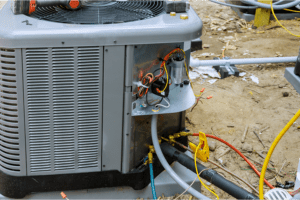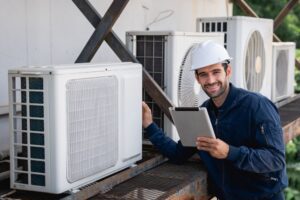How Long Should a Furnace Run Before Shutting Off?
If you’ve ever sat at home and wondered, “Is my furnace supposed to run this long?” you’re not alone. Many homeowners worry about whether their furnace’s heating cycle is regular. The truth is that how long the stove should run before shutting off depends on several factors, including your thermostat settings, outdoor temperature, and the level of insulation in your house. Let’s delve into what a typical heating cycle looks like, when you should be concerned about short cycling, and how to determine if your heating system is functioning correctly.
Understanding Furnace Cycles
Your furnace works in heating cycles. Heating cycles. Heating cycles. Heating cycles. Heating cycles. A cycle is basically when the furnace turns on, produces hot air, and then shuts off once the desired temperature or desired indoor temperature is reached. After the air cools down a bit, the furnace starts up again.
- In moderate weather, a typical heating cycle might last around 10 to 15 minutes, repeating a few times each hour.
- In cold weather, the furnace run will be longer because the system has to work harder to deliver more heat and offset heat loss.
- If your furnace only runs a few minutes and shuts off too quickly, that’s usually a sign of short cycling.
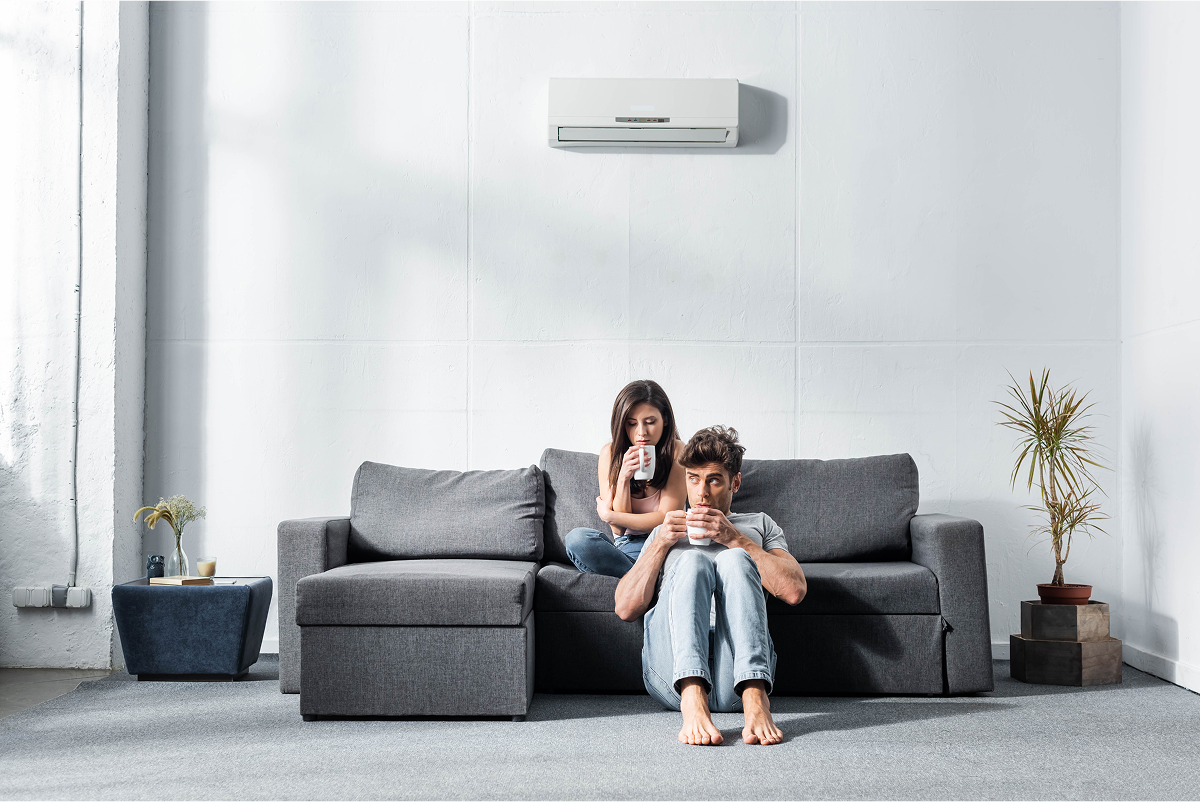
Think of it this way: the colder it is outside, the longer the cycles you’ll notice indoors.
How Much Heat Should a Furnace Produce?
Most furnaces are designed to give you steady, reliable warmth. But how long it runs depends on how much heat your home needs to maintain a comfortable temperature.
- If the indoor temperature is close to the desired temperature, the furnace won’t need to run longer.
- If there are air leaks, poor insulation, or blocked ductwork, the furnace may have to cycle more frequently.
Your thermostat settings also play a significant role. Setting the thermostat too high can lead to immense stress on the heating system, causing wear and tear over time.
How Long Should Furnace Normally Run Before Turning Off
Homeowners often ask: What’s “normal”? The answer: it depends on several factors.
Normal Heating Cycle Example
- In moderate weather, your furnace might cycle every 10–15 minutes.
- In winter, with freezing climate conditions, it’s common for a furnace cycle to last closer to 20 minutes.
- If you notice your furnace shuts off after only a few minutes and then turns right back on, that’s not normal.
Longer cycles in cold weather are expected. Short, frequent cycles often signal cycling issues that need attention.
Signs of Furnace Short Cycling
Short cycling means your furnace turns on and off too quickly, and it can cause immense stress on the system. Here are a few signs to watch for:
- The furnace shuts down within a few minutes before reaching the desired indoor temperature.
- Your heater seems to restart frequently.
- The house feels uneven; some rooms are warm, others cold.
- Heating bills rise, even though the furnace isn’t providing more heat.
If these cycling issues occur often, it could lead to more serious problems like overheating, wear and tear, or even replacing the unit sooner than expected.
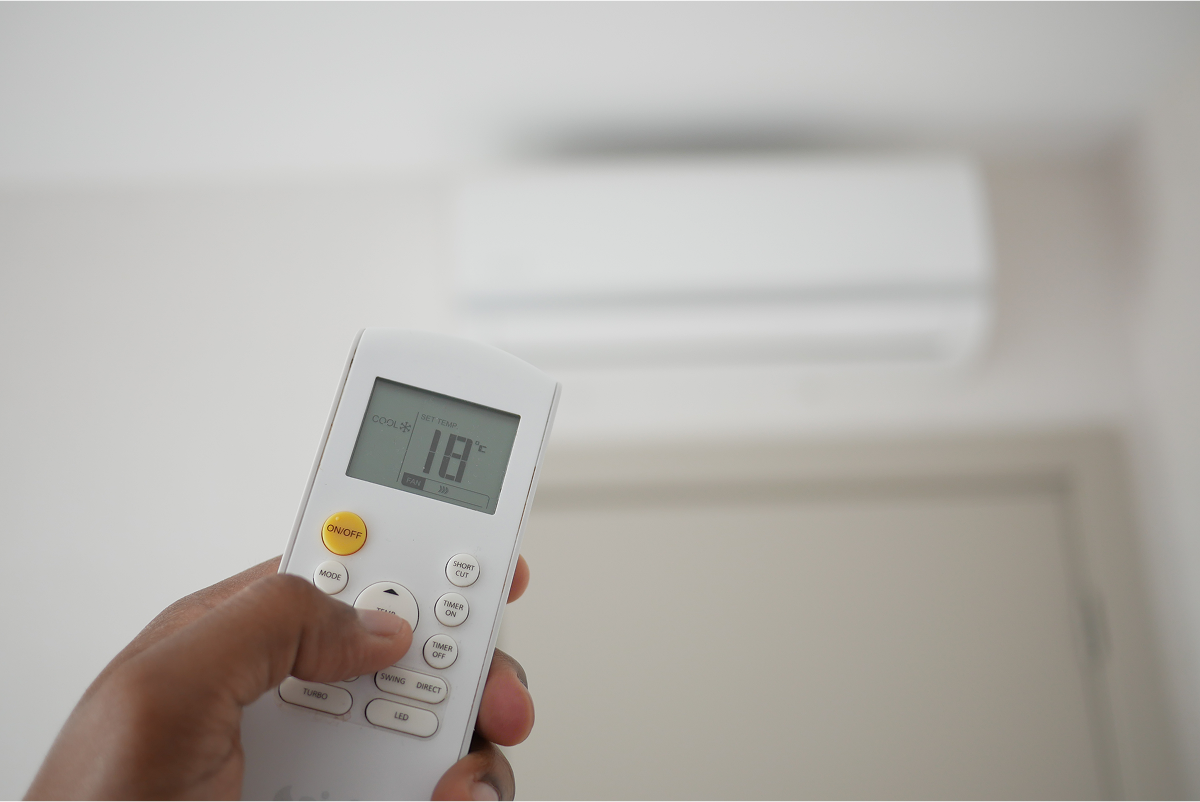
Factors That Affect Furnace Run Time
There’s no single answer to “how long should a furnace run before shutting off” because several factors determine the duration of each cycle.
1. Outdoor Temperature
- In cold weather, the system has to run longer to keep your house at the desired temperature.
- In moderate weather, longer cycles aren’t necessary.
2. Thermostat Settings
- Setting the temperature too high forces the furnace to run longer, which can lead to unnecessary wear.
- Keeping the thermostat settings reasonable helps keep heating cycles closer to normal.
3. Insulation and Air Leaks
Air leaks force your furnace to perform more cycles to maintain warmth.
4. Dirty Filters and Air Flow
- Dirty air filters, a dirty or clogged filter, or blocked vents restrict airflow.
- Without proper airflow, the furnace may overheat and shut off early.
5. Furnace Efficiency
- High-efficiency furnaces tend to run longer with steadier heating cycles.
- Older models may stop and start more often, leading to wear and tear.

6. The Blower and Ductwork
- A failing blower or blocked ductwork can throw off the usual furnace cycles.
- If air isn’t moving throughout the house, the furnace struggles to maintain the set temperature.
When Short Furnace Run Becomes a Problem
A furnace run that’s too short can damage the heater. Here’s what can happen:
- Immense stress on parts like the blower or heat exchanger
- Faster wear and early replacement of the system
- Rising heating bills
- Cold spots in your residential home
- More frequent repair calls
How to Fix Furnace Cycling Issues
If you notice unusual furnace cycles, here are some steps to determine the cause:
- Check the Filter: Replace dirty filters regularly to ensure proper airflow.
- Check the Thermostat: Make sure it’s set to heat, not cooling. Also, check the temperature setting and thermostat location.
- Look for Air Leaks: Seal up windows and doors to reduce heat loss.
- Inspect the Furnace: A dirty furnace or dirty burners may prevent it from working correctly.
Call for Services: If you’ve checked the basics and still see cycling issues, it’s time to contact an hvac professional for inspection.
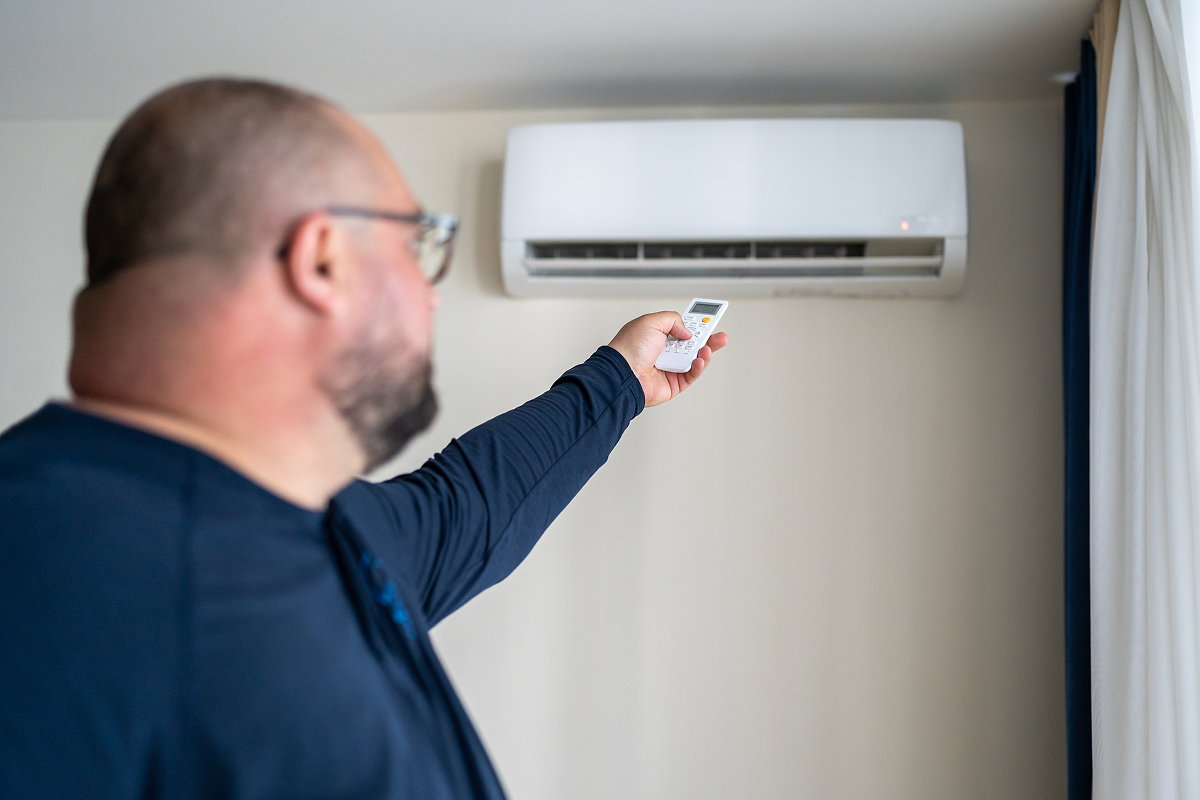
When to Call for Furnace Repair Help
Sometimes, unusual heating cycles are more than just an inconvenience; they can be a serious issue. It’s best to call in the professionals if you notice:
- The furnace shuts off after a few minutes, no matter the outdoor temperature
- You smell strange odors
- The furnace cycles are irregular in cold weather
- Your system doesn’t maintain the desired indoor temperature
An HVAC technician or furnace repair service provider can check for deeper issues, such as a cracked heat exchanger or problems with the heater that a homeowner can’t safely fix.
Preventing Future Cycling Issues for Your Furnace
The best way to keep your heating system running smoothly is regular maintenance.
- Replace dirty filters every couple of months.
- Have your furnace inspected before winter.
- Keep air vents unblocked.
- Seal doors and windows to reduce heat loss.
- Schedule services with a qualified technician if you notice any signs of trouble.
These steps help keep your furnace running for an average duration, prevent unnecessary wear and tear, and avoid costly repair bills.
Final Thoughts: Furnace Cycles & Shutting Off
So, how long should the furnace run before shutting off? The answer isn’t one-size-fits-all. In moderate weather, a typical heating cycle may last 10–15 minutes, while in cold weather, it may run longer. The key is consistency, your furnace should cycle regularly and keep the indoor temperature steady.
If you notice short bursts of heat followed by frequent stops, that’s short cycling, and it can lead to bigger furnace issues. Always check simple causes first, like dirty filters or thermostat settings, and don’t hesitate to contact a professional for help when needed.
Remember, your furnace’s job is to maintain comfort throughout your home, not cause you stress. With a bit of attention and care, you can keep it working correctly, reduce wear, and enjoy steady warm air all winter long.
Green Street HVAC for Furnace Repair in Tennessee
Need furnace repair services in Springfield, Ashland City, Nashville and other areas in Middle Tennessee? Green Street HVAC is here to help!
Our certified technicians are just a call away if you need professional Aeroseal duct sealing, full HVAC system maintenance, ductwork inspection, or furnace repair.
Get a free quote online or contact Green Street HVAC today at (615) 788-4329 to schedule your furnace repair service.

